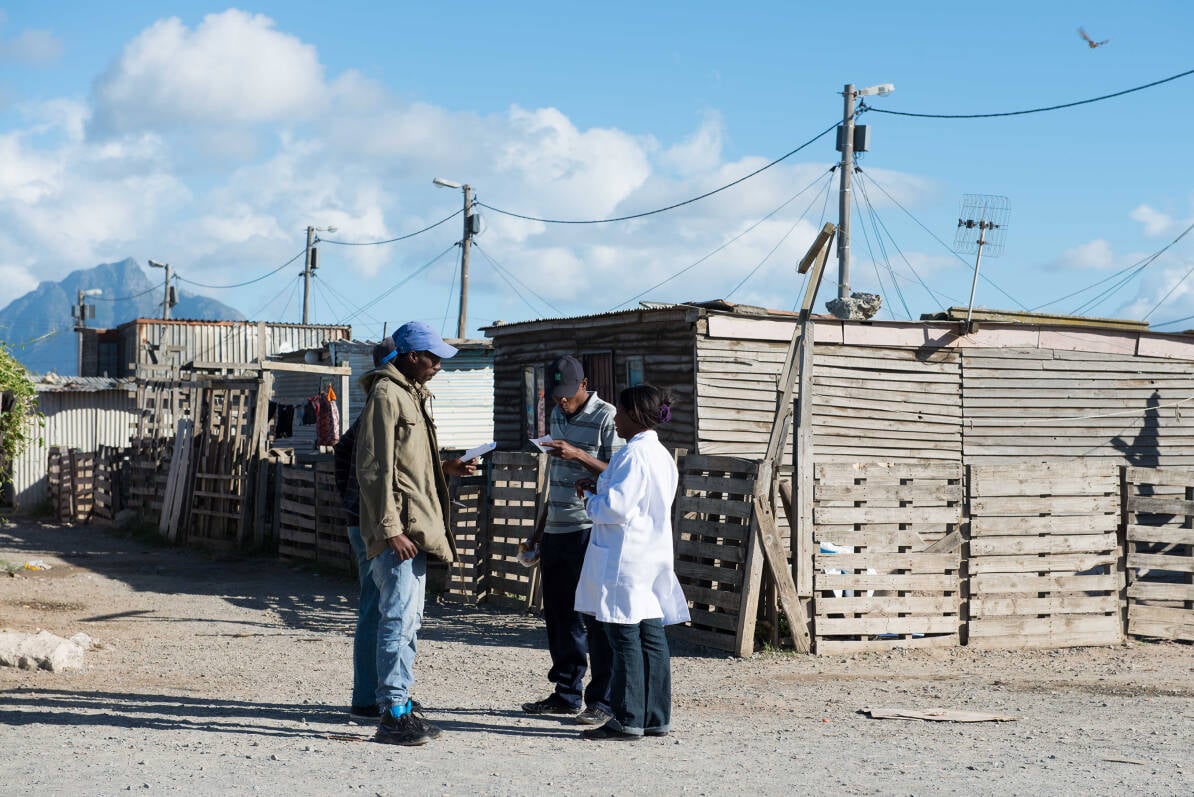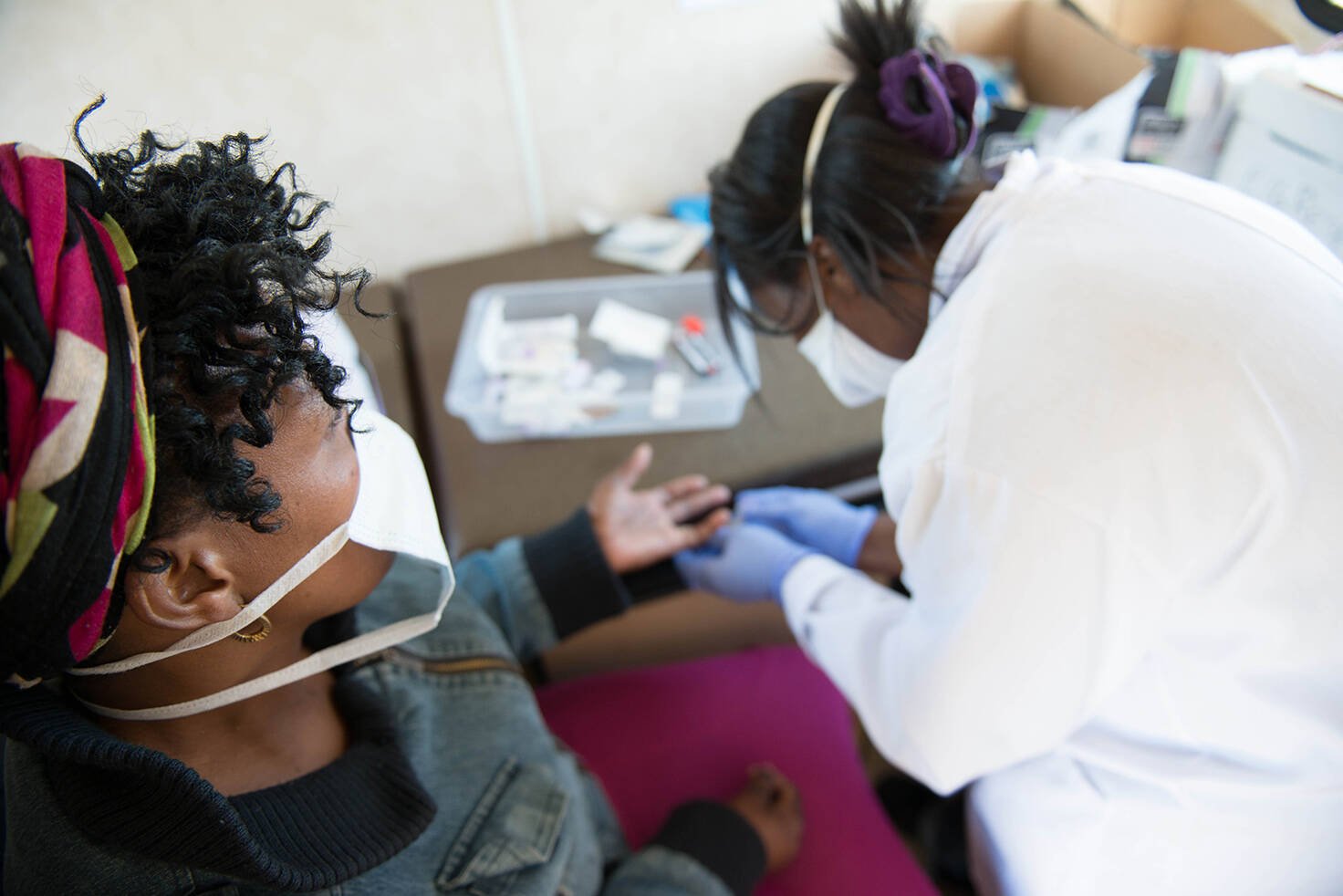Sub-studies will examine the practicalities of testing childhood contacts, how stigma affects case finding and take up of treatment, and the economics of universal contact tracing compared with other screening approaches. The project will therefore generate evidence of direct relevance to policymakers considering different approaches to active case finding.
The CUT-TB team is carrying out a trial assessing an approach known as universal household contact tracing, in which all household and community contacts are screened and TB preventive therapy initiated among contacts when appropriate. The CUT-TB project, being carried out in three countries with high TB burdens Lesotho, South Africa and Tanzania, will determine whether this ‘test-and-treat’ approach increases the number of cases identified compared with the traditional approach of symptom screening. Recruitment into the trial was launched in 2021, with around 400 people due to be recruited into the study in each of the three countries.

scroll down
As a result, there is a drive to identify these missed infections, for example through ‘active’ case finding – searching for cases rather than waiting for people to access health services. Active case finding typically targets high-risk groups, including household contacts of newly diagnosed patients. Although recommended by WHO, household contact tracing has not been widely adopted because it is thought to identify relatively few new cases.
However, new approaches are being developed that enhance the public health benefits of household contact tracing. A major drawback of traditional methods is that they rely on symptom screening, which is a highly inefficient way of detecting TB disease and does not identify cases of latent TB, which can activate and become harmful to health.
A major challenge in TB control is the identification of cases. Worldwide, only around two-thirds of new cases are currently identified each year. Those who are missed do not receive appropriate treatment and can contribute to the spread of infection.
The CUT-TB study, which began recruiting participants in December 2021, is assessing whether testing of all household contacts of patients with TB improves TB case detection.

Seeking out TB cases
